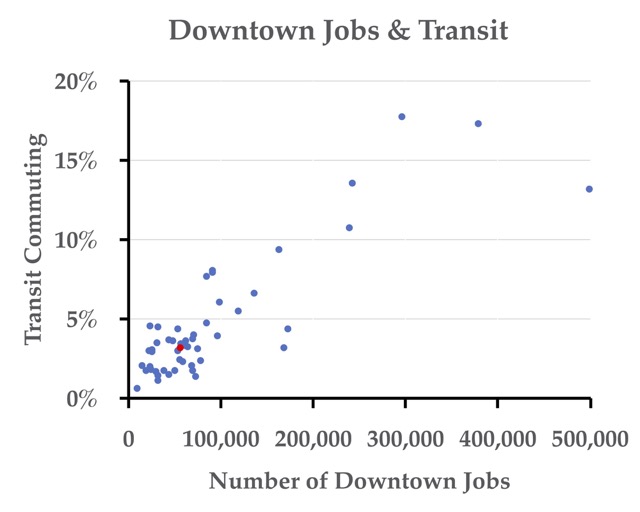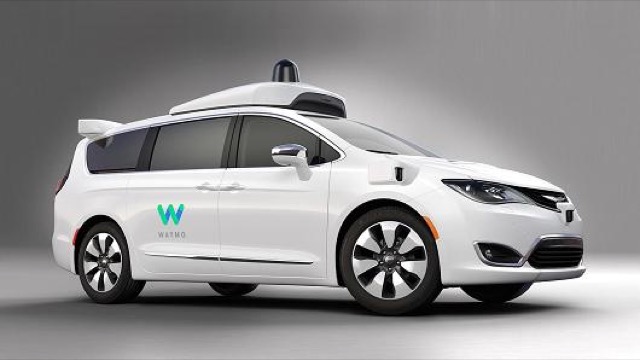Cincinnati’s transit agency, the Southwest Ohio Regional Transit Authority (SORTA), is facing a dilemma common to many other transit agencies. Transit ridership is dropping, and fare revenue is dropping even more. Should it raise fares, which will accelerate ridership declines, or ask voters to approve more taxes to cover a $6.4 million budget deficit in order to maintain transit service?
SORTA’s problems have been worsened by the city’s decision to build an idiotic streetcar line. The city claimed the streetcar was built under budget, but that’s a distortion of reality. It was supposed to cost $110 million for 4.5 miles and ended up costing $148 million for 3.6 miles. Of course, the last approved budget before completion was $149.5 million, but it still cost far more than was projected when the city decided to build the line.
In any case, that’s $148 million that could have been used to ease SORTA’s budgetary woes today. On top of that, operating the streetcar costs SORTA more than $2 million a year, and fares cover only 14 percent of that. Counting some capital costs, the streetcar added $2 million to SORTA’s expenses in 2016, and probably even more in 2017. In short, the operating expense plus 10 percent of the cost overrun for the streetcar would have been enough to make up SORTA’s projected deficit. Continue reading









